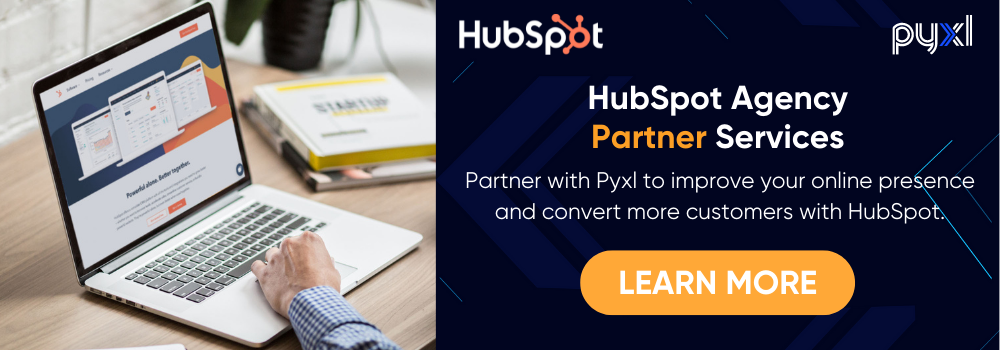With a CRM like HubSpot, you can easily manage your relationships with your customers, organize your contact information and assets across teams, and report on performance. However, if your CRM isn’t well organized, what could happen?
The major drawback of an unorganized CRM is that it will not be able to maintain a systematic record of interactions between your brand and customers. The result is a time-consuming process of segregating contacts and assets and trying to access the right ones. Thus, an organized CRM can be of great assistance to your organization and help you save a lot of time.
Benefits of an organized CRM:
- Easily find content
- Scale your content library
- Track metrics and performance based on certain grouped assets
- Create an easy handoff from marketing to the sales team
- Identify and prevent significant leads from being ignored
Tips and Tools in HubSpot to Help Organize Your CRM
Below are the tools that HubSpot recommends that can help you keep your HubSpot platform organized:
1. Create folders for your files:
The first and foremost part of asset management is creating folders for your files. Organizing your files into folders will make the process of searching for similar files quite easy and will save you a lot of time.
For example:
- Folders for emails can be made on the basis of the category of emails like newsletters, year of email, workflows, etc.
- For a campaign, a folder can include all the campaign creatives so they’re easy to locate.
- The sales team can have a folder that has assets that are ready to share with prospects, like a pitch deck, product video, case study pdfs, etc.
There are many ways in which you can arrange your assets in your folder. The important thing to keep in mind is that the folders should be made in such a way that can be easily found when needed.
2. Title assets in HubSpot so they’re easy to find using HubSpot’s search tool:
As mentioned previously, organizing HubSpot assets in folders makes searching for them much easier. But by taking it one step further and creating a titling system for your assets and files you can better refine your search. The titling system can look something like this, allowing your file to be searched for in a variety of ways:
Company/Brand_Asset Type_Asset Title
For example, “Pyxl_eBook_CRM comparison Guide” is much easier to find in a folder with many assets than a file titled something non-descriptive like “2R4A_6001.”
The most important thing is to maintain consistency across teams regardless of the titling system you use.
3. Segment lists and personas for emails:
Segmenting your contacts can make sure that you are sending the right content to the right person. So it is a smart idea to organize your email database into various segments.
List segments can be created on the basis of HubSpot’s property values. For example, if you have an email campaign that’s only relevant to people who are in the healthcare industry, you can create a list of people in your contacts who have the industry defined as healthcare. Or you can create a list of all the contacts who have clicked a specific email and send a follow-up email to help move them down the funnel.
The options are endless, allowing you to send relevant content to the right people.
4. Campaign management:
Using HubSpot’s Campaign tool you can associate emails, workflows, social posts, landing pages, forms, ads, CTAs, blogs, webpages, etc. with a campaign. This makes it easy to manage all campaign assets and measure campaign performance from one location.
5. Partition your assets:
Another way to organize the assets within HubSpot is to partition them so that only the appropriate teams and users can view and edit them. Organizing your assets by department or team can be helpful as they will have everything they need at their disposal. Partitioning your assets also makes it easier for your users to stay focused and not get lost or overwhelmed in the piles of assets that aren’t relevant.
By organizing your CRM with the above tips and tools, your team can better manage your contacts, save you time finding the right assets, and can make it easier to track campaign performance.
In truth, it can get a bit tricky, particularly if you are just getting started with CRM or have not been following the organization’s best practices from the start. Pyxl can help! As a HubSpot agency partner, we can help during your HubSpot onboarding and implementation so you’re set up for success, and we can help with managing your existing HubSpot instance too.
Contact us today to learn more about our HubSpot services as your HubSpot Platinum Agency Partner.
And if you’d like to learn more about how Pyxl can provide further services to your business and help you hit your marketing goals even faster, check out all the digital services and solutions we offer.
Updated: Dec 18, 2024
 Pramita Pramod
Pramita Pramod
 Kati Terzinski
Kati Terzinski Erin Murray
Erin Murray